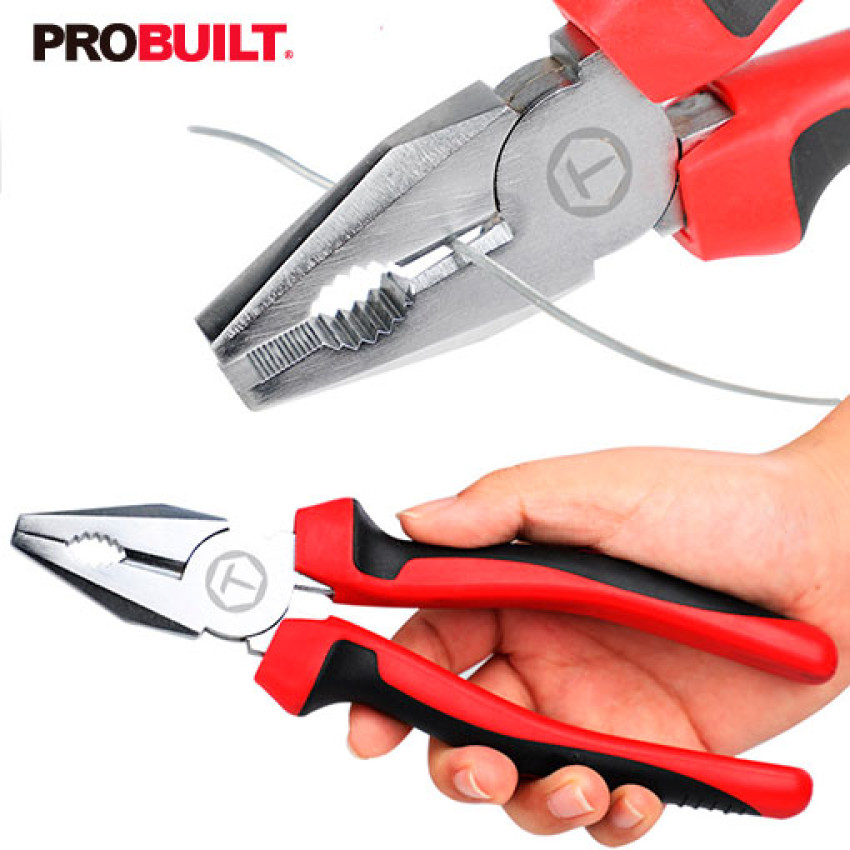
Pliers are a versatile hand tool that have been a staple in many industries for centuries. They provide a secure grip, mechanical advantage, and precision handling for a wide range of tasks. While pliers may seem like a simple tool, they have undergone significant advancements to meet the demands of modern applications. In this article, we will explore a few hot topics surrounding pliers and their evolving role in various industries.
Looking for reliable hand tools to meet your specific needs? Discover Probuilt wholesale pliers and get in touch with us to discuss custom solutions.
Ergonomics and User-Friendly Design:
One of the key considerations in the development of pliers is the focus on ergonomics and user-friendly design. Manufacturers are constantly exploring innovative ways to enhance the comfort and efficiency of pliers. This includes features such as cushioned grips, adjustable handles, and reduced hand fatigue. The integration of ergonomic principles into plier design ensures that users can work for extended periods without compromising their safety or performance.
Specialized Pliers for Specific Applications:
As industries become more specialized, pliers have also evolved to cater to specific applications. Today, you can find a wide array of specialized pliers designed for unique tasks. These include long-nose pliers for intricate work, wire-stripping pliers for electrical applications, and locking pliers for holding materials in place. The development of specialized pliers has significantly improved efficiency and accuracy in various fields, from electronics and automotive industries to jewelry making and plumbing.
Pliers with Integrated Cutting and Crimping Functions:
Traditionally, pliers were primarily used for gripping and holding objects. However, advancements in design have resulted in the integration of cutting and crimping functions into certain pliers. These multi-functional pliers offer increased versatility, reducing the need for additional tools and streamlining workflow. For instance, combination pliers now feature built-in wire cutters, allowing users to cut and grip materials with a single tool.
Material Innovations for Enhanced Durability:
The durability and longevity of pliers are crucial factors for professionals who rely on them daily. To meet these demands, manufacturers have turned to material innovations. High-quality alloys, hardened steels, and corrosion-resistant coatings are being used to enhance the strength and durability of pliers. These advancements ensure that pliers can withstand rigorous use, maintain their functionality over time, and resist wear and tear.
Automation and Technological Integration:
Automation and technological integration have become increasingly prevalent across industries, and pliers are no exception. Automated pliers are now available, capable of performing repetitive tasks with precision and speed. These automated solutions enhance productivity, reduce manual labor, and minimize the risk of human error. Additionally, pliers are being integrated with sensors and digital interfaces, allowing for data collection, analysis, and real-time feedback for improved performance.
Conclusion:
Pliers have come a long way from their humble origins, adapting to the evolving needs of modern industries. With a focus on ergonomics, specialized functions, material innovations, and technological integration, pliers have become indispensable tools in a wide range of applications. As industries continue to advance, we can expect further innovations in plier design and functionality, making them even more efficient, durable, and user-friendly.



